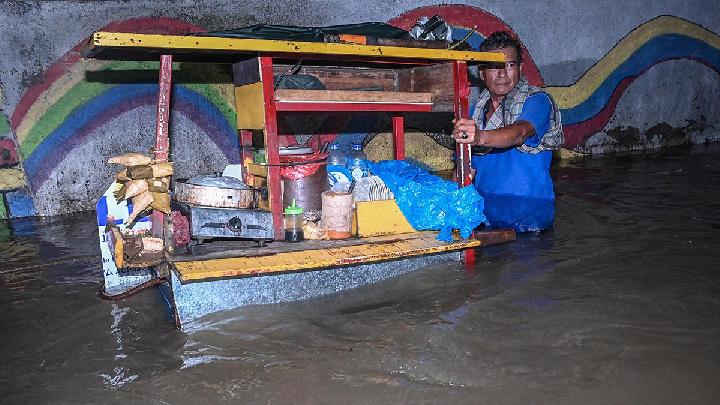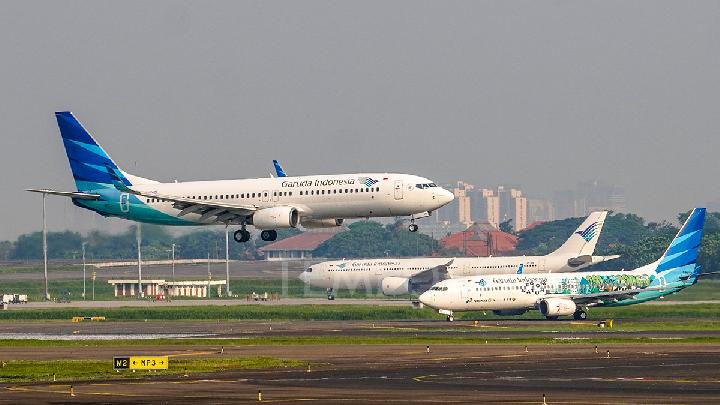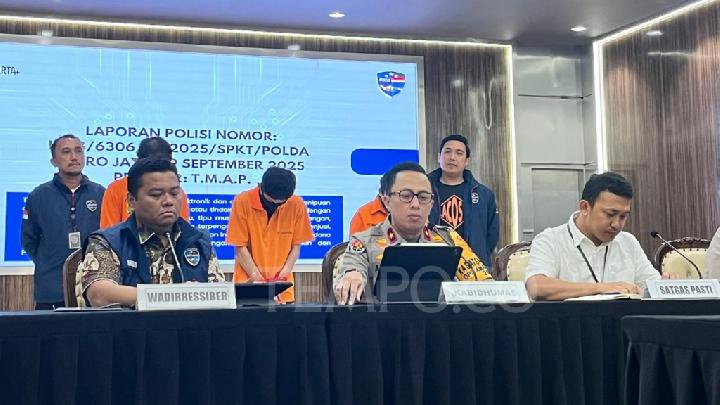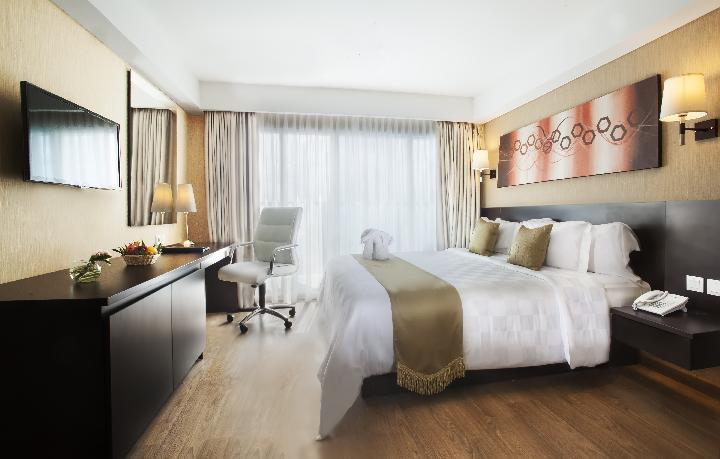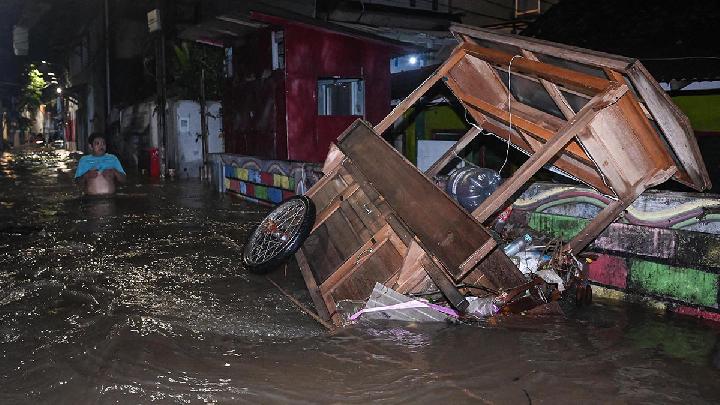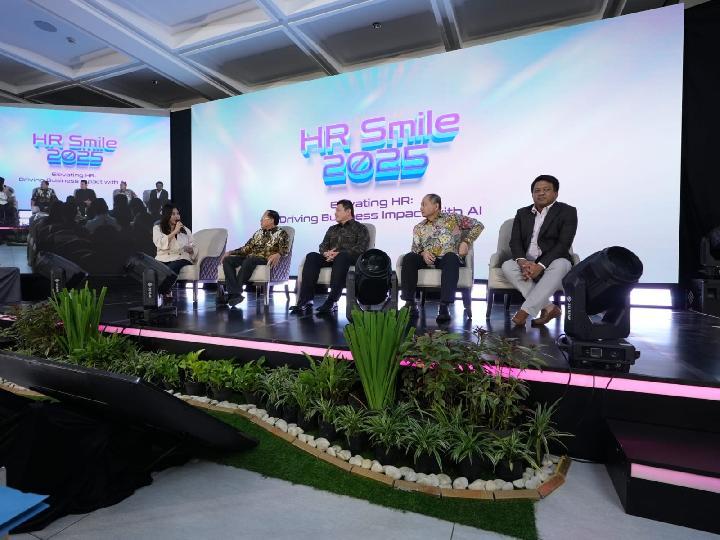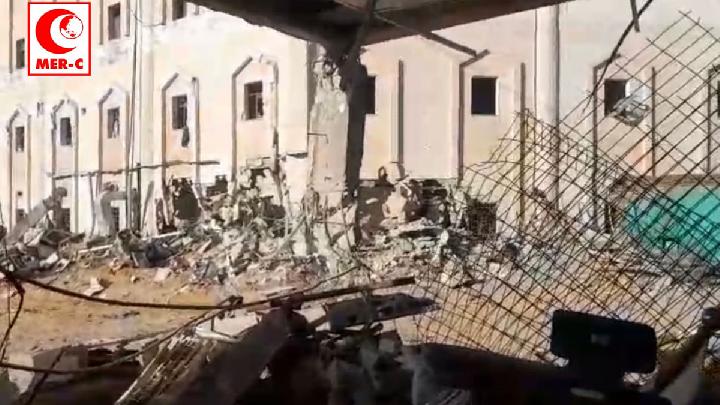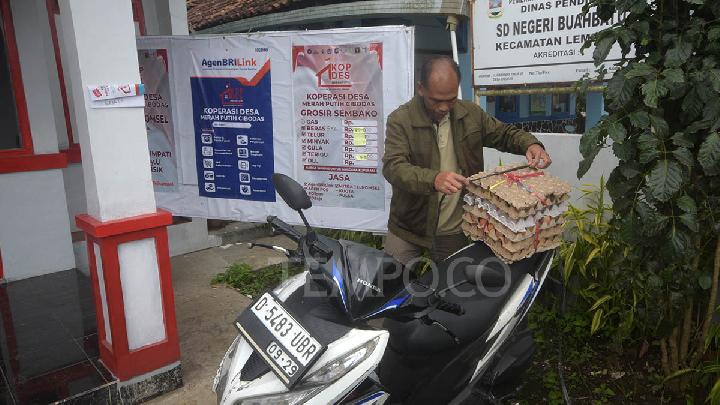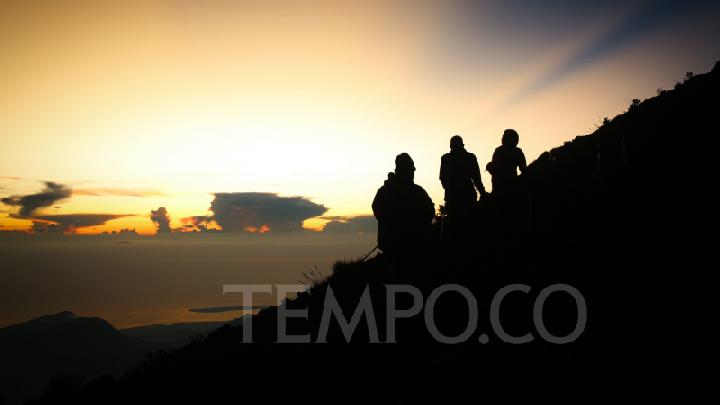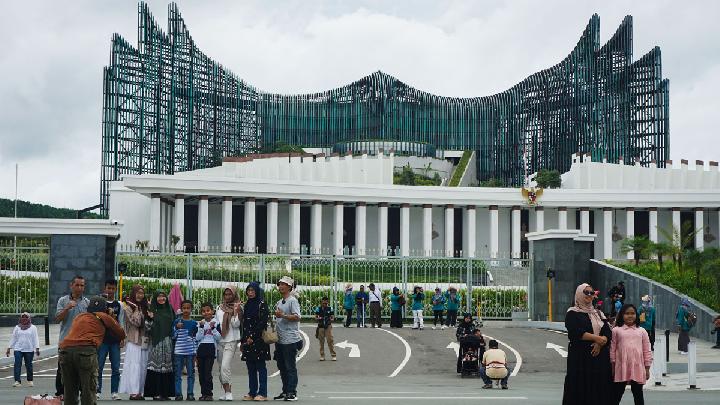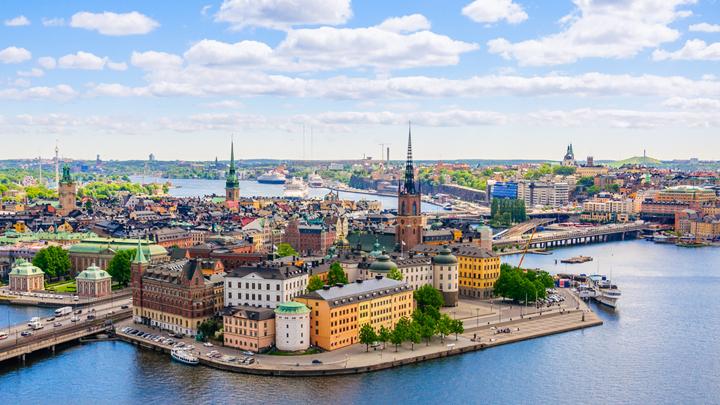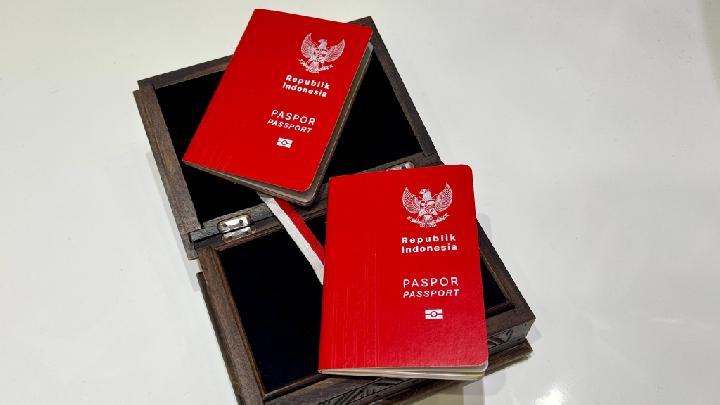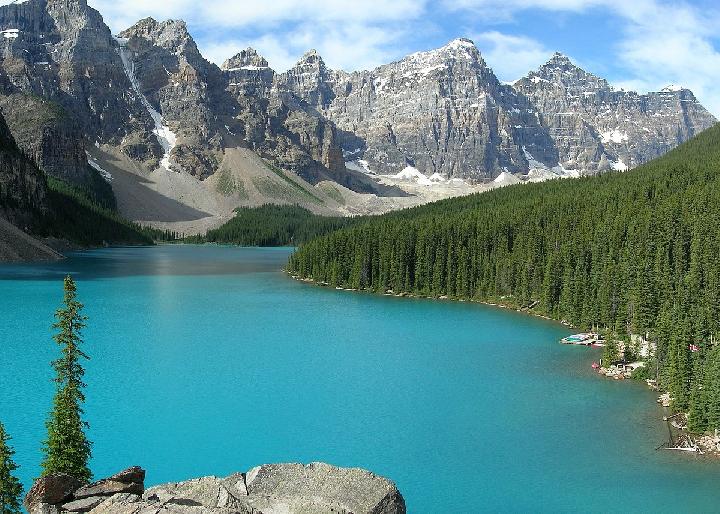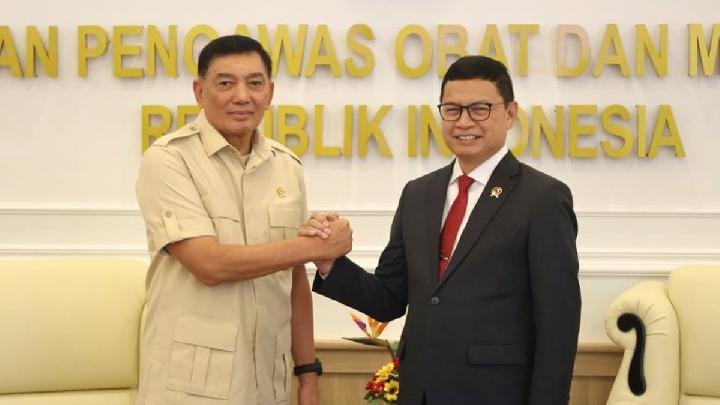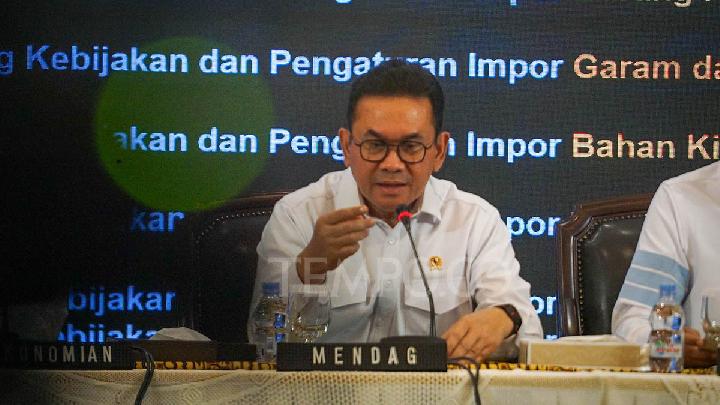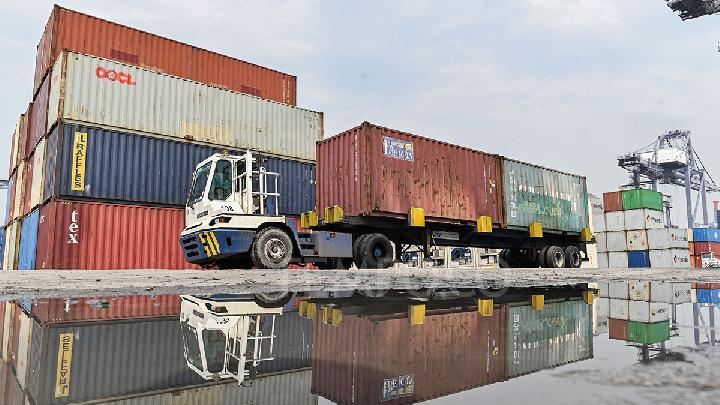TEMPO.CO, Jakarta - Mount Rinjani has been in the spotlight following the death of Brazilian climber, Juliana Marins. The climber slipped into a 600-meter-deep ravine on the way to the summit of Mount Rinjani, Lombok, West Nusa Tenggara, Indonesia, on Saturday, June 21, 2025. This case has opened the eyes of all parties to improve the management of climbing tourism for safety and comfort.
Mountain climbing activities fall under special interest tourism as they traverse difficult and extreme terrain. Climbers are generally people who love nature and adventure, requiring physical and mental preparation.
Mount Rinjani, with a height of 3,726 meters above sea level (masl), is located in three regencies, namely East Lombok, North Lombok, and Central Lombok. The Indonesian government, together with the volunteer group Rinjani Squad, is preparing a special route, in addition to the Sembalun route in East Lombok, designated as a pilot route for international standard climbing tourism in Indonesia.
In addition, there are three efforts done by the government to ensure safe and comfortable climbing on Mount Rinjani:
1. Climbing History Examination
The Mount Rinjani National Park (TNGR) stated that climbing tourism at Mount Rinjani is not intended for novice climbers. The steep environment, extreme weather, bone-chilling temperatures, long distances, and active volcanoes are only suitable for trained and experienced climbers.
Before entering the Mount Rinjani climbing route, there will be initial checks. Reported by Antara, these checks will not only involve personal and health data documents but also the history of which mountains the traveler has conquered.
When a traveler has never climbed a mountain and immediately wants to conquer Mount Rinjani, entry officers are entitled to review the traveler's agenda and direct them to climb another mountain peak or hill first.
There are seven familiar peaks in Lombok, namely Mount Rinjani at an altitude of 3,726 masl, Mount Sempana at 2,329 masl, Lembah Gedong Peak at 2,200 masl, Kondo Peak at 1,937 masl, Anak Dara Peak at 1,923 masl, Pergasingan Peak at 1,805 masl, and Bao Ritip Peak at 1,500 masl.
In addition to Rinjani, these peaks also have equally stunning beauty. During the dry season, yellowing grass and savanna fields are visible, similar to paddy fields during the harvest season, and likewise during the rainy season, green grass stretches out like a carpet.
The Ministry of Forestry has also given the green light regarding climbing requirements, according to the difficulty level of the mountain, considering that more than 400 mountains in Indonesia have various levels of difficulty and natural conditions.
2. Adding Emergency Posts
The number of travelers climbing Mount Rinjani is 93,796 people, consisting of 46,126 domestic climbers and 47,716 foreign climbers. Meanwhile, the number of non-climbing visitors reached 95,295 people, with details of 95,222 domestic tourists and 73 foreign tourists.
The main entrance for climbing is through the Sembalun route in East Lombok and the Senaru route in North Lombok. In addition, there are four other entrances, such as Torean, Timbahu, Tete Batu, and Aik Berik.
Although the number of climbing visitors is quite high, the number of emergency shelters is only two units. These emergency shelters are located at the Sembalun Resort at an altitude of 1,158 masl and Pos II at an altitude of 1,500 masl.
Most fatal accidents occur after Pos Plawangan towards the summit due to narrow, steep, and slippery paths. Meanwhile, the location from Plawangan downwards also often claims casualties due to falls, although climbers do not lose their lives.
The Ministry of Forestry, together with TNGR, is committed to establishing an emergency post at Plawangan, located at an altitude of 2,639 masl. Plawangan is the last post and a favorite camping location before climbing to the peak of Mount Rinjani.
An emergency post close to the summit can facilitate the mobilization process of evacuation personnel and equipment. Various search and rescue equipment, such as ropes, pulleys, body warmers, and even unmanned aircraft or drones, must be fully available at the emergency post.
3. Tour Guide Expertise Certification
The government seeks to ensure that tour guides working in the Mount Rinjani area have expertise certification. Out of a total of 621 tour guides in the area, only 321 people currently have tour guide certification.
Based on the regulations of the Ministry of Manpower, tour guides are now required to have expertise certification. This certification aims to ensure that tour guides have technical competence, professional ethics, and responsibility towards the environment, in accordance with national standards.
The NTB Provincial Government, which is currently working to create a concept of quality tourism, is committed to assisting tour guides in obtaining expertise certification.
The Head of NTB Tourism Agency, Lalu Ahmad Nur Aulia, said that quality tourism must be inclusive to ensure that travelers have a satisfying experience when visiting tourist destinations in West Nusa Tenggara.
In addition to tour guide certification, in the near future, 12 people will undergo an international standard rescue certification program in Bandung, West Java. One of those who have the opportunity to join the program is Agam Rinjani, famous for rescuing Juliana Marins' body from a 600-meter-deep ravine.
After completing the rescue certification program, they will be tasked by the government to conduct training of trainers for tour guides and porters at Mount Rinjani.
This improvement applies not only to Mount Rinjani but also to all mountains in Indonesia to ensure there are no more casualties in the future.
Editor's Choice: Six Approved Trails on Mount Rinjani for Safe and Scenic Hiking
Click here to get the latest news updates from Tempo on Google News

